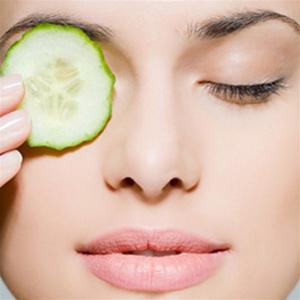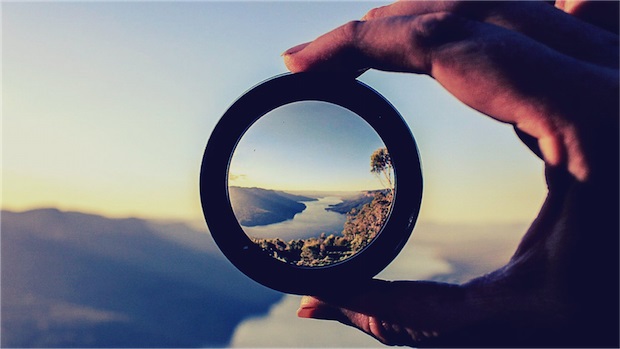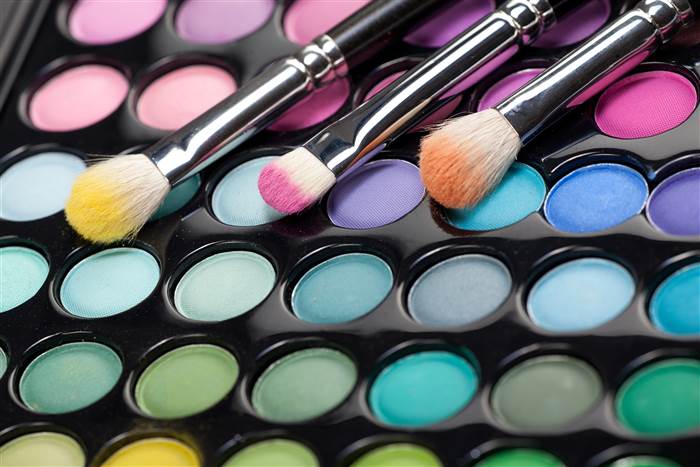
Do you feel old and tired because of your eyes? It is really hard to feel fresh and alert when your eyes are tired and droopy, because of those annoying bags under them. Bags are a sign of stress and fatigue.
Here are some handy and effective tips to get rid of under eye bags and dark circles:
1. Go Potato: Slice a raw potato (after refrigerating for a couple of minutes) into two and place the halves over your closed eyes so that it also covers the puffed areas under your eyes. Leave it like that for 15-20 minutes. You’ll notice a tremendous change as the bags diminish in size.
2. Got Milk: If you have extremely puffed up eyes, this is the regular regime to follow. Dip cotton pads in chilled milk, place on your eyelids, and relax for 20-30 minutes. The cold milk will cool your eyes and help with water retention.
3. Vitamin E to the Rescue: Take chilled water in a bowl, add a few drops of vitamin E oil to it and mix well. Dip cotton pads in the mixture and place on the eyes for 20 minutes, this well help to reduce the swelling around the eyes.
4. Cucumber Relief: Cucumbers are a fantastic natural remedy to get rid of under eye puffiness. Take 2 slices of fresh refrigerated cucumber and place it on your eyes for 25 minutes. Relax with the cool, soothing slices over your eyes and slip into a short nap. This will help refresh your mind as well as your eyes, and the anti-inflammatory properties of the cool cucumber will naturally help reduce puffy tissues.
5. Chilled Tea Bags: If you are in a hurry and do not want to leave the house with droopy eyes then teabags are the way to go. Moisten two tea bags in cold water and refrigerate them for a while. Lie back and relax with the cool teabags over your eyes for 25-30 minutes. Finish by washing your eyes and face with cold water, and dry your skin thoroughly. You will feel relaxed and rejuvenated.
6. Spoons and Ice Water: Puffy eyes can be reduced with the help of a glass of ice water and four stainless steel spoons. Chill the spoons in the water and then place one over each eye. Keep switching the spoons while letting the other one chill in the glass of water. Keep switching until you see improvement.
7. Green Tea Bag: Settle down for 10-15 minutes with a chilled, steeped chamomile or green tea bag over each eye. The natural properties of these herbal teas will help bring puffy eyes back to their original size.
8. Hydrate Your Body: Drink as much water as possible. Yes, it seems counterproductive when you are retaining water, but hydrating reduces puffiness. So drink a glass of water whenever you notice your eyes getting a little puffy or droopy.




 What is the red eye effect in a photo?
What is the red eye effect in a photo? 


 Eye color is often the genetic trait that fascinates parents the most. Parents frequently ask our doctors here at Heritage Eye, Skin & Laser Center if they can tell what color eyes their baby will have. Will our child’s eyes be black, brown, blue, gray, green, hazel or some combination of colors?
Eye color is often the genetic trait that fascinates parents the most. Parents frequently ask our doctors here at Heritage Eye, Skin & Laser Center if they can tell what color eyes their baby will have. Will our child’s eyes be black, brown, blue, gray, green, hazel or some combination of colors?

